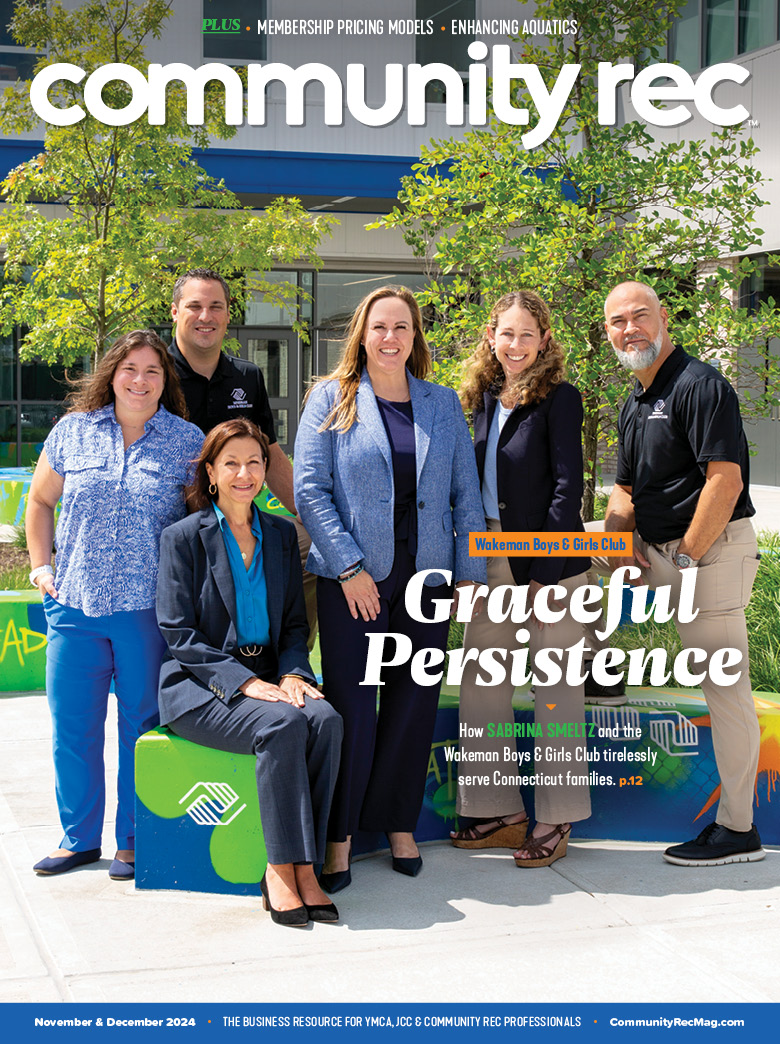The evolution of the swimming goggle and how to find the right fit.
The first “swimming pool” was built in 1868 in Boston but it wasn’t used like a community pool today; it served a neighborhood where most of the homes did not have baths. As the swimming pool has evolved, so has the swimming goggle.
It is believed the first known goggles were used by Persian pearl divers in the 14th century. Through the centuries the goggle has not only changed for open water diving but transitioned for the swimming pool we know today.
In 1911, the first swimming goggles were invented to help protect the eyes when swimming in salt water by using motorcycle goggles. Through continuous developments and improvements, goggles have since provided a way for the swimmer to enjoy the many benefits, both in open water, and pool environments. The changes have come due to many different factors.
With the increase in demand for public swimming pools has also come the challenges of providing safe and clean water to enjoy. Through science development, the swimming pool water has become safer with various filters and chemicals. But, with that comes new, and sometimes very severe, health issues that affect swimmers of all ages and abilities.
To ensure the water is safe from any harmful elements that can affect a swimmer, the swimming pool needs to maintain water quality with filtration, chlorination, pH level, total alkalinity and calcium hardness. One of the chemicals commonly used to maintain the quality of water is chlorine. With the use of chlorine comes the possibility to cause irritated, itchy eyes and severe redness. Those issues weren’t felt just by the recreational swimmer, but also by the competitive swimmers who were competing on the world stage.
So, in the 1970s due to competitive swimmers’ issues with eye irritations, the swimming goggle made an incredible impact to eliminate the side effects of being exposed to chlorine during the athlete’s long sessions in the water.
Since then, the swimming goggle has evolved into a number of shapes, sizes, material and lens colors, however, one thing hasn’t and always will be a challenge and that is finding the perfect goggle fit for your face. So often people think pulling the strap tighter will ensure the goggle won’t leak, which is a misnomer.
The best way to find the perfect goggle fit for your face is to hold the goggles up to your face without putting the straps over your head. Press the goggles to your face and see if there is a good seal between your eye sockets and the goggle. If the goggles stay in place without the straps being used, it is the perfect goggle for you.
Now, you will have a new appreciation for your goggles because they won’t leak, and the strap won’t be uncomfortable or too tight.










